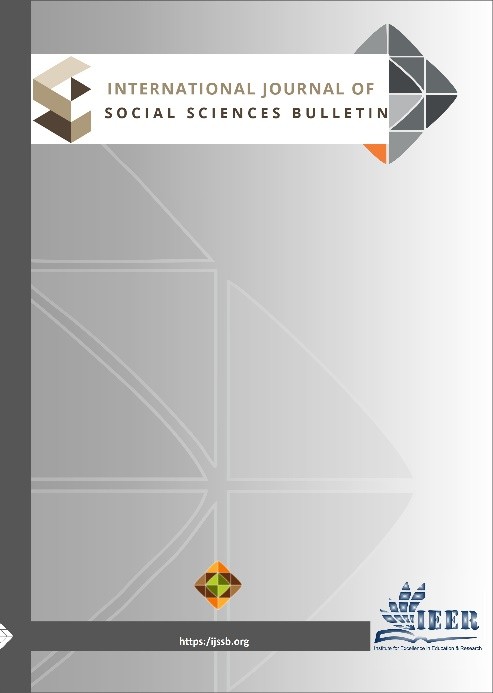SHATTERING SHADOWS: TRANSFORMING PARANOIA IN SCHIZOPHRENIA THROUGH CBTP
Keywords:
paranoid, schizophrenia, CBTp, stress-vulnerability modelAbstract
This clinical case study aimed to establish the debatable treatment efficacy of cognitive behavior therapy for psychosis (CBTp) in reducing the symptomatology of chronic paranoid schizophrenia of a lady aged 29 years who was on antipsychotic medication and had not experienced any psychological therapy yet. She presented with complaints of delusions, hallucinations, aggression, increased appetite, hypersomnia, and poor personal hygiene. The case was conceptualized within the theoretical framework of stress and vulnerability (Zubin & Spring, 1977). The first phase of treatment involved an informal and formal assessment using baseline charts, clinical interview (DSM-5 TR checklist), mental status examination, symptom checklist-R, and the brief psychiatric rating scale (BPRS). The patient's assessment scoring led to a diagnosis of schizophrenia 295.90 (F20.9) , with multiple episodes currently in the acute phase. We used a single-case ABA research design. The second phase focuses on various CBTp therapeutic interventions, such as distraction for hallucinations, cognitive restructuring for delusions and hallucinations, behavioral activation for negative symptoms, social skill training, anger management, and family counseling, showed moderate improvements in patient’s symptoms. The follow-up sessions noted continued progress. The study concluded that by the end of 16 sessions, CBTp interventions demonstrated moderate effectiveness in reducing positive symptoms (delusions and hallucinations), though these symptoms did not completely disappear. Negative symptoms, such as avolition and flat affect, showed slight improvement, allowing for greater engagement in daily activities. Insight improved from denial to partial awareness, along with cognitive functioning. These findings have implications for professionals working with the diverse symptomatology of schizophrenia, as well as for family members and students involved in this field.
Downloads
Published
Issue
Section
License

This work is licensed under a Creative Commons Attribution-NonCommercial-NoDerivatives 4.0 International License.

















